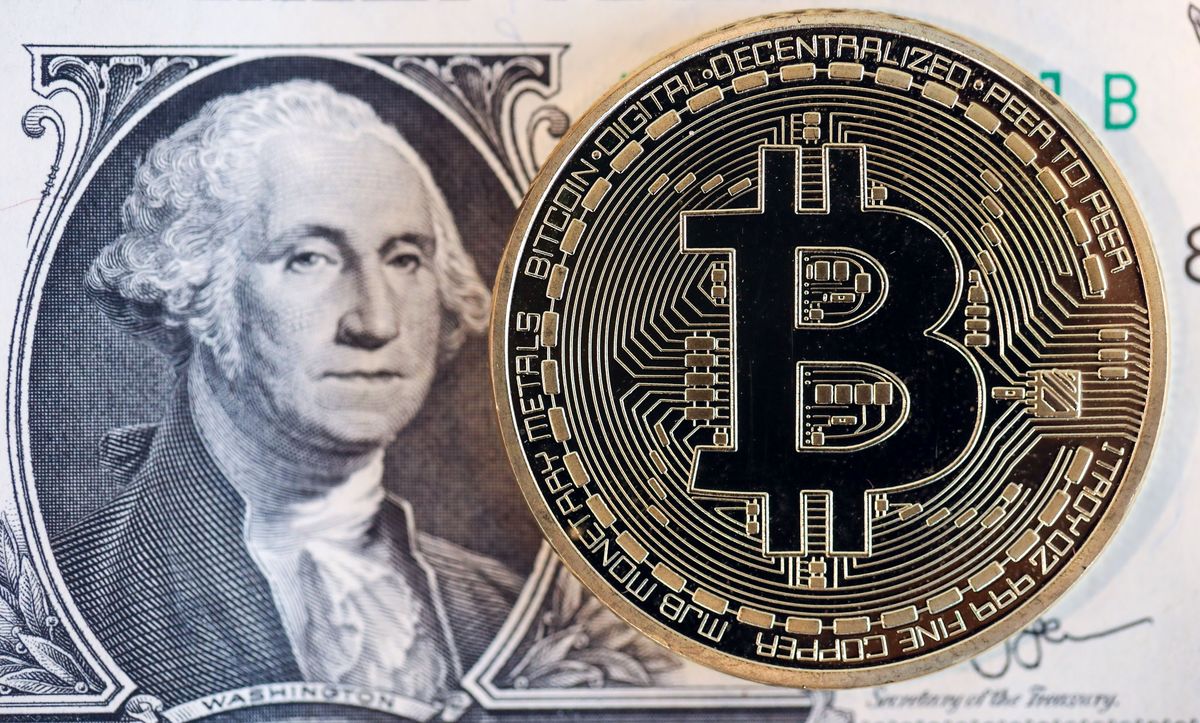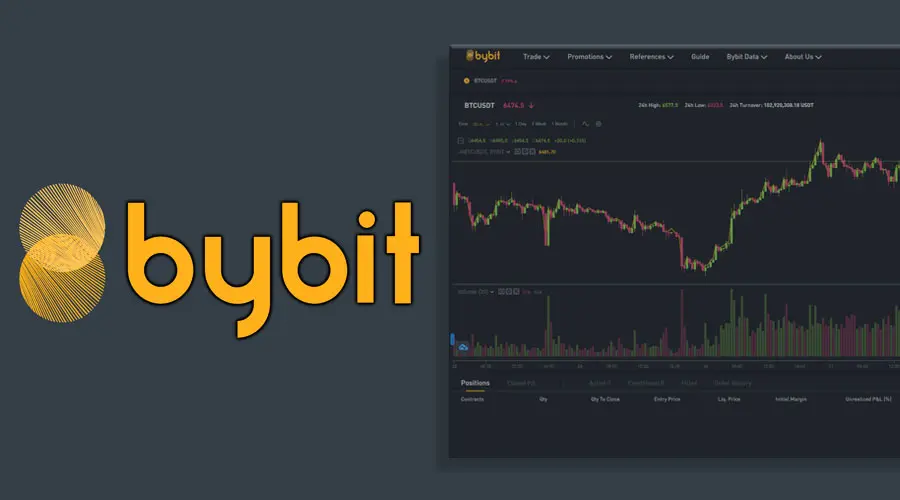5 Most Used Cryptocurrencies

Bitcoin has not only been a trendsetter, ushering in a wave of cryptocurrencies built on a decentralized peer-to-peer network, but has also become the de facto standard for cryptocurrencies, inspiring an ever-growing legion of followers and spinoffs. Let’s review the top altcoins out there.
What is Cryptocurrency?
The word comes from the root “crypto” or “cryptography”…
Definition of cryptography
- secret writing
- the enciphering and deciphering of messages in secret code or cipher also : the computerized encoding and decoding of information
Cryptocurrency is –
- Decentralized
- Autonomous from government control
- Intangible
Cryptocurrency is basically decentralized digital money designed primarily to be used over the internet. Bitcoin, which launched in 2008, was the first cryptocurrency, and it remains by far the biggest, and best-known. In the decade since, Bitcoin and other cryptocurrencies like Ethereum have grown as digital alternatives to money issued by governments.
Investopedia.com defines cryptocurrency as: A digital or virtual currency that is secured by cryptography, which makes it nearly impossible to counterfeit or double-spend. Many cryptocurrencies are decentralized networks based on blockchain technology—a distributed ledger enforced by a disparate network of computers. A defining feature of cryptocurrencies is that they are generally not issued by any central authority, rendering them theoretically immune to government interference or manipulation.
- Cryptocurrencies are at this time intended to be free from government manipulation and control, and the large majority remain entirely intangible.
- Cryptocurrencies are typically developed as code by teams who build in mechanisms for issuance (often, although not always, through a process called mining) and other controls.
- The most popular cryptocurrencies, by market capitalization, are Bitcoin, Ethereum, Bitcoin Cash and Litecoin.
- Crypto makes it possible to transfer value online without the need for a middleman like a bank or payment processor.
- Cryptocurrencies are managed by peer-to-peer networks of computers running free, open-source software. Generally, anyone who wants to participate is able to.
- If a bank or government isn’t involved, how is crypto secure? It’s secure because all transactions are vetted by a technology called a blockchain.
- A cryptocurrency blockchain is similar to a bank’s balance sheet or ledger. Each currency has its own blockchain, which is an ongoing, constantly re-verified record of every single transaction ever made using that currency.
- Unlike a bank’s ledger, a crypto blockchain is distributed across participants of the digital currency’s entire network
There are over 18,000 cryptocurrencies in existence at the time of this article, so it’s nearly impossible to list them all. Some of these cryptos have little to no trading volume, and some have immense popularity among dedicated communities of backers and investors.
The number of cryptocurrencies is always expanding, and it’s difficult to rank them by importance. However, ranking coins relative to one another is usually done in terms of market capitalization. However, there may be crypto that have a cult following of sorts which makes them notable.
What Are Altcoins?
Many altcoins (i.e., those that are not Bitcoin or sometimes Ethereum) are classified in this way and may sometimes be called value tokens.
The cryptocurrencies modeled after Bitcoin are collectively called altcoins, and in some cases shitcoins, and have often tried to present themselves as modified or improved versions of Bitcoin. Though some of these currencies may have many great features that Bitcoin does not, matching the level of security and sometimes investment potential that Bitcoin’s networks achieve largely has yet to be seen by an altcoin.
Tokens
There are also blockchain tokens that are meant for more than just to purchase things online. While the most are referred to in terms of currency, it may be more useful to think of crypto as a token that can be spent for a specific purpose. The value may be a stake in a company, or if meant for a specific project they can be called security tokens. Other tokens have a particular use case or function. Examples include Storj tokens, which allow people to share files across a decentralized network. These are known as utility tokens.
As I was learning about cryptocurrencies, altcoins, and tokens the most difficult thing to understand for me was the purpose of each. It’s almost as if there are so many because everyone wants to leave their mark. And, while many users of crypto understand and appreciate these differences, most traders and typical investors don’t notice the difference because all categories of token tend to trade on crypto exchanges in the same way.
Here we’ll try to review what are currently the most popular, and outline in broad terms what differentiates them from others. Mostly how they differ is in value, or market cap.
Top 5 Cryptocurrencies by Market Cap
1. Bitcoin – (BTC)
Market cap: $551 billion
Bitcoin is the original cryptocurrency and it remains the leader of the space.
Created in 2009 by Satoshi Nakamoto, Bitcoin is the original cryptocurrency. As with most cryptocurrencies, BTC runs on a blockchain, or a ledger logging transactions distributed across a network of thousands of computers. Because additions to the distributed ledgers must be verified by solving a cryptographic puzzle, a process called proof of work, Bitcoin is kept secure and safe from fraudsters.
2. Ethereum – (ETH)
- Market cap: $215 billion
Both a cryptocurrency and a blockchain platform, Ethereum is a favorite of program developers because of its potential applications, like so-called smart contracts that automatically execute when conditions are met and non-fungible tokens.
Ethereum has also experienced tremendous growth. From April 2016 to the beginning of May 2022, its price went from about $11 to over $2,000, increasing almost 18,000%.
Unfortunately, while the masses may be able to say, “Yeah, I’ve heard of Bitcoin”, a large percentage of people still aren’t quite sure what it is — and are even more confused about Ethereum.
Ethereum is another cryptocurrency, and one many people see as potentially overtaking Bitcoin as the dominant coin in the market.
The difference between Ethereum and Bitcoin is the fact that Bitcoin is nothing more than a currency, whereas Ethereum is a ledger technology that companies are using to build new programs. Both Bitcoin and Ethereum operate on what is called “blockchain” technology, however Ethereum’s is far more robust. Ethereum allows for the building of decentralized applications to be built on top of it.
Ether coins and those of other cryptocurrencies are “mined” by the computers on the network. They perform mathematical calculations that effectively unlock coins or fractions of coins. That setup is changing, however. Both the Bitcoin and Ethereum blockchains use what’s called “proof-of-work” to mine new coins and validate transactions. It’s an expensive, energy-intensive and time-consuming process that can clog the network. So the minds behind Ethereum have decided to change their system to a “proof-of-stake” system, which is nicknamed Ethereum 2.0.
In this system, new coins are created as part of a payment for validators, those participating in overseeing and verifying transactions in the cryptocurrency.
Instead of miners verifying transactions, Ethereum will use the owners of significant stakes to validate transactions. These validators “stake” their currency and earn rewards in the form of ether for verifying transactions. However, stakers could lose their investment if they validate transactions that don’t conform to Ethereum’s rules. Even smaller investors can participate in the staking system and earn rewards by pledging their coins with a validator.
3. Tether (USDT)
- Market cap: $72 billion
Unlike some other forms of cryptocurrency, Tether is a stablecoin, meaning it’s backed by fiat currencies like U.S. dollars and the Euro and hypothetically keeps a value equal to one of those denominations. In theory, this means Tether’s value is supposed to be more consistent than other cryptocurrencies, and it’s favored by investors who are wary of the extreme volatility of other coins.
Tether was one of the first and most popular of a group of stablecoins. Because most digital currencies, even major ones like Bitcoin, have experienced frequent periods of dramatic volatility, Tether and other stablecoins attempt to smooth out price fluctuations to attract users who may otherwise be cautious. Tether allows users to more easily make transfers from other cryptocurrencies back to U.S. dollars in a more timely manner than actually converting to normal currency.
4. U.S. Dollar Coin (USDC)
- Market cap: $53 billion
Like Tether, USD Coin (USDC) is a stablecoin, meaning it’s backed by U.S. dollars and aims for a 1 USD to 1 USDC ratio. USDC is powered by Ethereum, and you can use USD Coin to complete global transactions.
Since USCD value is pegged 1:1 with the U.S. dollar holders can redeem 1 USD coin for $1 at any time. Every USDC is backed by one dollar or an asset with an equivalent value, held in accounts with U.S. regulated financial institutions.
Launched in late 2018, USDC is designed to maintain a stable value unlike other typically volatile cryptocurrencies. But even stablecoins such as USDC can still be prone to mild changes in price.
USDC’s price spiked to an all-time high of $1.19 in May 2019, and noted an all-time low of $0.891848 in May 2021. Changes to supply and demand is the main reason stablecoins move off their $1 peg. During bullish market cycles, demand for stable value assets like USDC drops. That causes the price of USDC and other U.S. dollar-backed stablecoins to fall beneath one dollar. Overall, though, USD coin has maintained long periods of stability at $1.
There is no maximum or total supply of USD coin, as new tokens are issued based on demand.
When a user redeems USDC for $1, the team burns (permanently removes) the appropriate amount of USD coin from circulation, and funds from underlying reserves are transferred to the client’s external bank.
5. Binance Coin (BNB)
- Market cap: $50 billion
Binance is a utility cryptocurrency that operates as a payment method for the fees associated with trading on the Binance Exchange – one of the largest crypto exchanges in the world.. Those who use the token as a means of payment for the exchange can trade at a discount.
Since its launch in 2017, Binance Coin has expanded past merely facilitating trades on Binance’s exchange platform. Now, it can be used for trading, payment processing or even booking travel arrangements. It can also be traded or exchanged for other forms of cryptocurrency, such as Ethereum or Bitcoin.
BNB’s price in 2017 was just $0.10. By early May 2022, its price had risen to over $300, a gain of approximately 280,000%.
To read more visit:
Investopedia.com
Forbes.com
Coindesk.com




